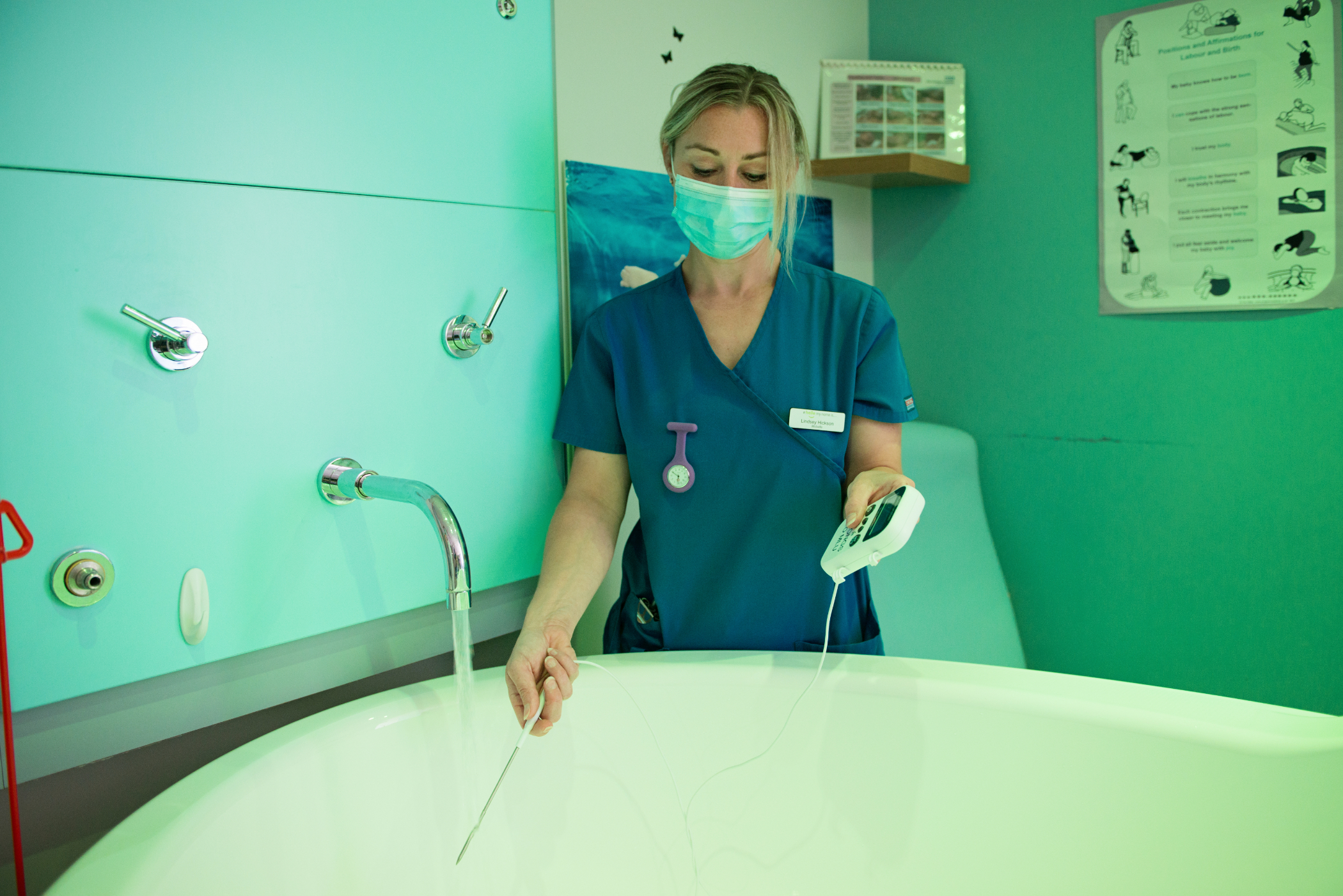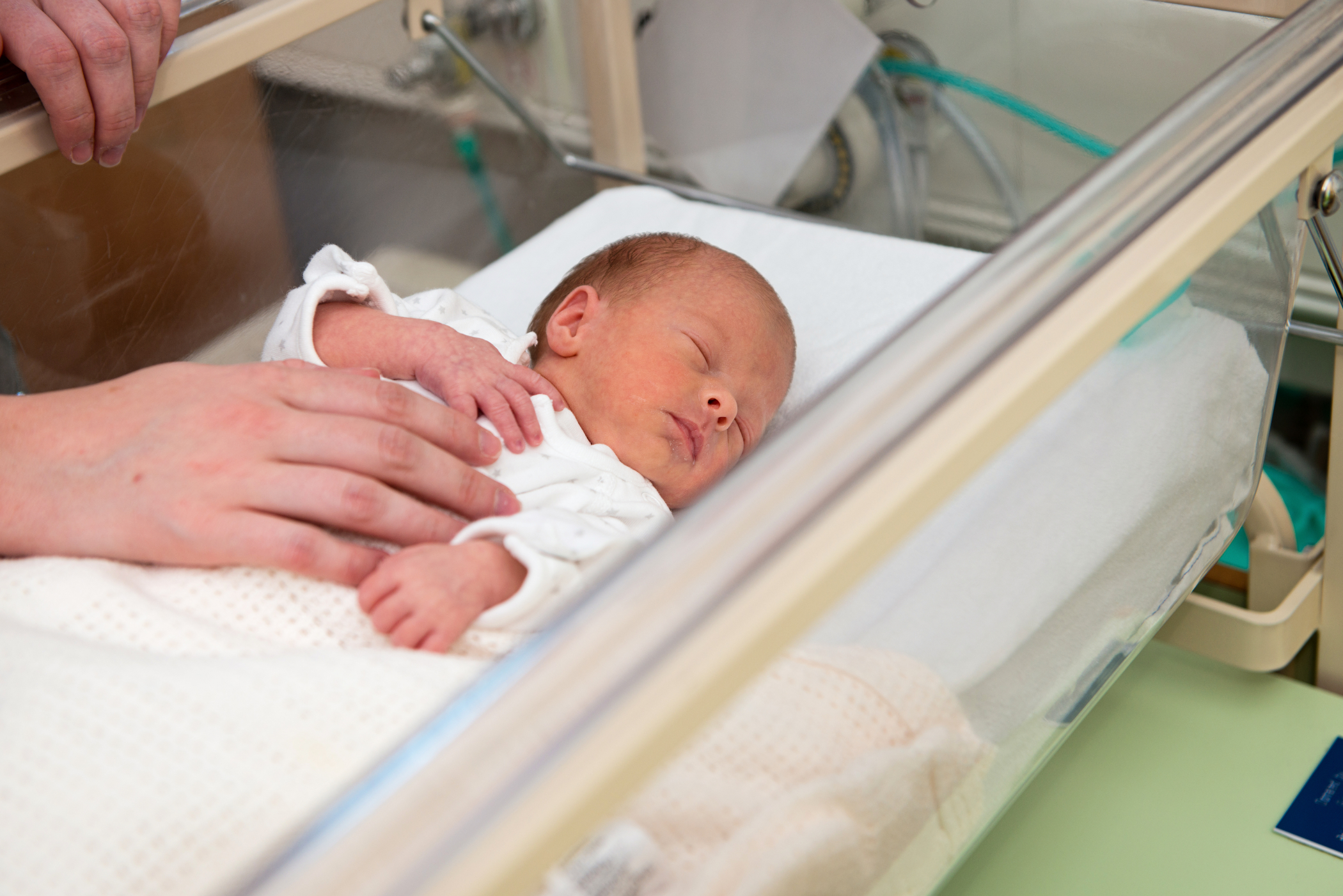Your options about where to have your baby will depend on your needs, risks and, to some extent, on where you live. Wherever you choose, the place should feel right for you. You can change your mind at any point in your pregnancy.
To see the full range of maternity services available locally and the care we can offer see the Directory of services for Maternity Care in Cheshire and Merseyside Mid Cheshire can be found on Page 16. You may also wish to consider giving birth at Macclesfield District General Hospital or Royal Stoke Hospital.
It is important to remember that as your pregnancy progresses things may change which could affect your choice of place of birth. We also recommend ensuring you choose a birth partner who has been a part of making your birth plan, is aware of your choices and able to support you.
You may also wish to look at www.
If you require further information about the outcomes for you and your baby depending on where you give birth, please speak to your Midwife or see NICE guideline Intrapartum care; care of healthy women and their babies during childbirth. www.
Where can I choose to give birth?

If you have a straightforward pregnancy, giving birth at home is generally very safe for you and your baby. With the popularity of home birth increasing, having your baby outside a traditional hospital setting is an option worth exploring with your Midwife.
Home births are generally planned in advance. If, with the support of your Midwife, you decide to birth at home all preparations will be in place by full term (37 weeks). During your labour you will be supported at home by a dedicated homebirth Midwife from the Oak Team (where possible), and a second Midwife will be attendance for the birth.
A recent study called the ‘Birth place study’ which looked at the outcomes of giving birth at home or a Midwifery Led Unit showed that low risk women, planning their second birth, had fewer interventions, less need for pain relief, achieved a higher vaginal birth rate, were less likely to have a caesarean section, and overall reported increased satisfaction with their birthing experience (NICE 2017).
Advantages of Giving Birth at home
- Most families feel more relaxed and in control in their own environment
- Increased chance of achieving a vaginal birth and lower likelihood of having an intervention, such as forceps or ventouse, than giving birth in hospital
- Reduced need for strong painkillers
- Personalised birthing environment
- Increased likelihood of being cared for by a known Midwife to you
- No restrictions on birth partners or children
- If you choose to breastfeed your baby the evidence suggests that you are more likely to breastfeed successfully if you give birth at home compared to an obstetric unit
- Greatly reduced incidence of medical intervention
- You will be able to use your own facilities including toilet and bathroom.
Potential disadvantages of giving birth at home
Whilst the likelihood of complications remains low at home certain unexpected situations may lead to the need for emergency care and transfer to hospital. Some examples include;
- You want to have a pain relief option that is not available at home such as an epidural.
- Your Midwife may recognise a concerning finding regarding yourself or your baby during the labour or immediately post birth that require transfer to hospital.
- Your birth may not appear to be progressing as expected.
- Emergency transfer times to hospital are not always guaranteed.
Pain relief options
- A birthing pool (pool available to hire at cost)


- Gas and air (Entonox)
- Aromatherapy
Fetal heart monitoring in labour
Your baby’s heart beat can be only be monitored intermittently by a hand held device at home. If there any concerns you may need to be transferred to the hospital for further monitoring. Our Fetal Monitoring in Labour leaflet has more information about methods of monitoring your baby's heart rate during labour.
What happens at a home birth?
The Midwife will attend your homebirth once labour is established. All Midwives carry the necessary equipment to provide routine care during birth and the immediate post birth period. Following the arrival of your baby, the Midwife will stay with you until all the necessary checks have been completed, your baby has had its first feed, and it is safe for her to leave. Your Midwife will arrange for you to be visited by a Midwife the following day and arrange for your baby to have his/her new-born screening tests. See also After you have had you baby section
If you have any questions about home birth, or want to know if this option is suitable for you, please contact your Midwife.
Women experiencing a pregnancy with no major complications anticipated during the birth may give birth in the MLU. This is generally very safe for you and your baby. Our alongside MLU, which is near, but separate from the Obstetric Unit.
Advantages of the MLU
- If you or your baby need to see a doctor, you will be transferred to an obstetric unit on the same site. A neonatal unit is also available on site.
- Relaxing ‘home from home’ rooms with mood lighting and availability of a birthing pool for pain relief and/or delivery.
- Lower likelihood of having an intervention such as forceps or ventouse than giving birth in hospital.
- En suite toilet and shower facilities
- You can go home following the birth of your baby without needing to be transferred to the Maternity Ward (Ward 23); however it is still available if requested.
Potential Disadvantages of giving birth on the MLU
- Epidural anaesthesia cannot be offered on the MLU.
- Only 2 birthing partners allowed in each birthing room.
Pain relief options
- A birthing pool

- Gas and air (Entonox)
- An opiate injection of pain relief (pethidine/diamorphine)
Fetal Heart monitoring in Labour
Your baby’s heart beat can be only be monitored intermittently by a hand held device on the MLU. If there any concerns you may need to be transferred to the Labour Ward for further monitoring. Our Fetal Monitoring in Labour leaflet has more information about methods of monitoring your baby's heart rate during labour.
 Women can choose to give birth in the Obstetric Unit or this may be advised due to previous complications during pregnancy or birth or due to a pre-existing medical condition.
Women can choose to give birth in the Obstetric Unit or this may be advised due to previous complications during pregnancy or birth or due to a pre-existing medical condition.
Advantages of the Labour Ward
- An obstetric unit gives you direct access to Obstetricians, Anaesthetists, Neonatologists / Paediatricians and medical equipment.
- If you or your baby need to see a doctor, your Midwife will call a Doctor who is available on site who will come to your room to see you.
- A Neonatal Unit is also available on site.
- You will not need to transfer if there are problems during the labour.
- Ensuite toilet and shower facilities
Potential Disadvantages of giving birth on the Labour Ward
- You may not be relaxed as in your own environment.
- Expectations are not always achieved resulting in reduced satisfaction for the birth experience.
- Only 2 birthing partners allowed in each birthing room.
Pain relief options
- A birthing pool
- Gas and air (Entonox)
- An opiate injection of pain relief (pethidine/diamorphine)
- Epidural
Fetal Heart monitoring in Labour
Your baby’s heart beat can be monitored either intermittently or continuously depending on any risk factors that you or your baby may have. Our Fetal Monitoring in Labour leaflet has more information about methods of monitoring your baby's heart rate during labour.
Neonatal care at Leighton Hospital
We have a Level 2 Neonatal Unit with facilities for babies born over 27 weeks gestation. If your baby is born prior to this or there are concerns with your baby which require a higher level of care, your baby may need to be transferred to a Level 3 unit. The North West Neonatal Operational Delivery Network website provides more information about the care provided in all the units in the North West. Although every effort is made to transfer to a unit within our region, it is sometimes necessary to transfer your baby to a unit further away if there are no appropriate cots available.
If it is anticipated during pregnancy that your baby will require a higher level of care at birth, it will be recommended that you birth at another unit closer to where your baby will be cared for.
If it is expected that your baby may need to be on the Neonatal Unit after birth, you will be offered a tour of the unit during your pregnancy.
For more information about our Neonatal Unit and to view our virtual tour, please visit our Neonatal Unit page.